#the hunchback of notre dame icons
Text



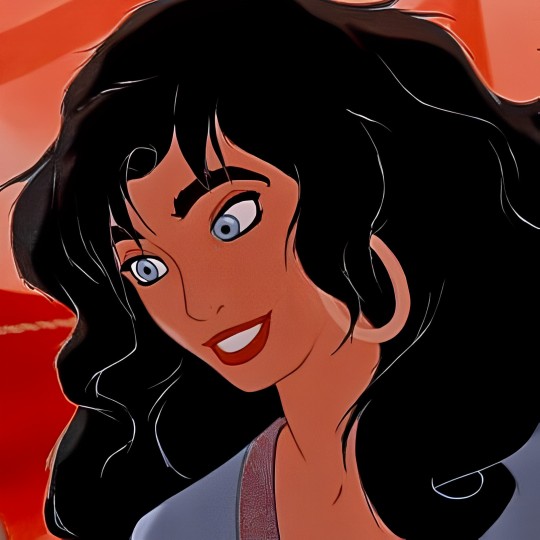
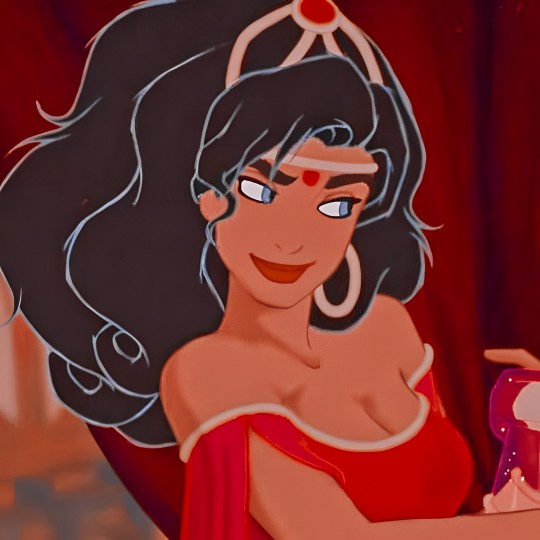
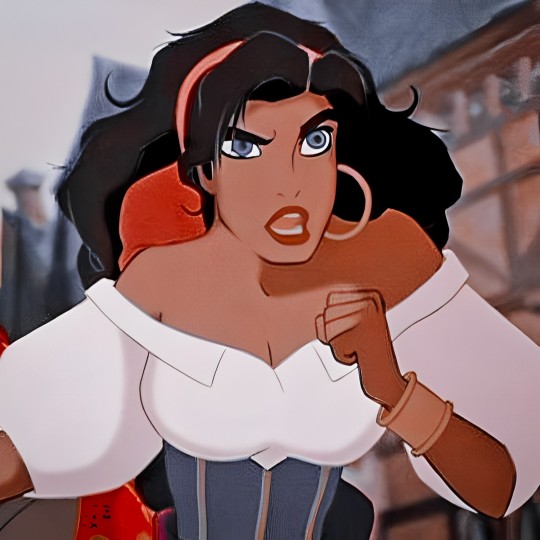
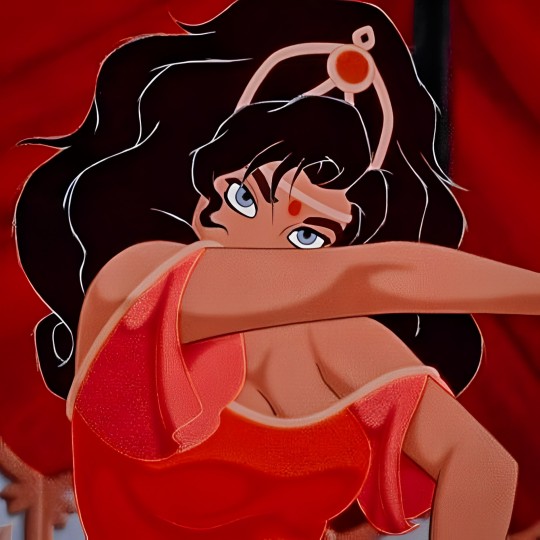
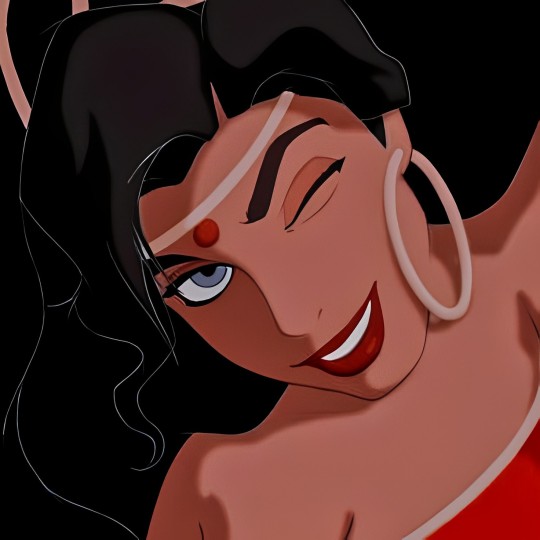

❛ ✦ / 𝘁𝗵𝗲 𝗵𝘂𝗻𝗰𝗵𝗯𝗮𝗰𝗸 𝗼𝗳 𝗻𝗼𝘁𝗿𝗲 𝗱𝗮𝗺𝗲 ・ 𝘪𝘤𝘰𝘯𝘴 ·⠀·⠀· ✦ 𝐞𝐬𝐦𝐞𝐫𝐚𝐥𝐝𝐚 𝐩𝐟𝐩'𝐬 ✧ ៸៸ 𝙱𝚈 𝚄𝙻𝙻𝚈 𝚅𝙸𝙲𝚃𝙾𝚁𝙸𝙰 . 𖣗 ⤸ ﹫﹫ᴢᴇᴜsᴛʏᴀ ⸝⸝ ˖ ੭ ! ❪ 𝑙𝑖𝑘𝑒 𝗈𝗋 𝑟𝑒𝑏𝑙𝑜𝑔 𝗂𝖿 𝗒𝗈𝗎 𝘀𝗮𝘃𝗲/𝘂𝘀𝗲 ⃘𖤘﹏۵٠。
#zeustya#icons#the hunchback of notre dame#disney icons#walt disney#disney#disney esmeralda#esmeralda#esmeralda icons#the hunchback of notre dame icons#cartoon icons#animated icons#psd icons#icons with psd#animation icons#icons psd#icon pack#pack icons#esmeralda disney#random icons#animations icons#with psd#animation#animated#cartoon
279 notes
·
View notes
Text
i had to
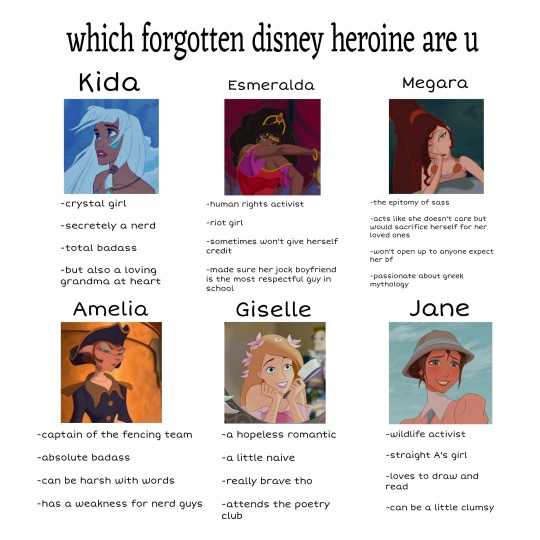
which one are you?
#treasure planet#disney 2000s#enchanted#tarzan#atlantis the lost empire#atlantis disney#hercules#disney princesses#hunchback of notre dame#esmeralda+icons
313 notes
·
View notes
Text

a guy who is not ashamed to wear a pink skirt
89 notes
·
View notes
Text
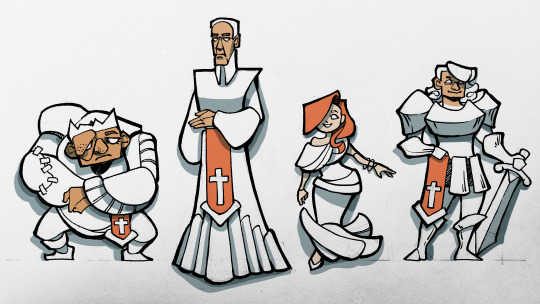
Character design for illustration assignment. Quasimodo, Frollo, Esmeralda and Phoebus for Notre Dame de Paris by Victor Hugo

Mockup of the illustrated book
This is the second attempt
#artwork#inking#notre dame de paris#quasimodo#claude frollo#the hunchback of notre dame#Esmeralda#Phoebus#I really really want to design Gringoire too as he is so iconic in the French play#but my teachers are more familiar with the Disney version and I have no time
45 notes
·
View notes
Text
Coquette Frollo Icons 💋🎀


I don't regret anything‼️‼️🗣🗣
the lana del rey logo is intentional
BAHHAHHAHAH THE SONG CHOICE HELP it was going to be cola but i felt like it was too much
#judge claude frollo#frollo#claude frollo#icons#coquette#hunchback of notre dame#the hunchback of notre dame#hond#help#SoundCloud
25 notes
·
View notes
Text
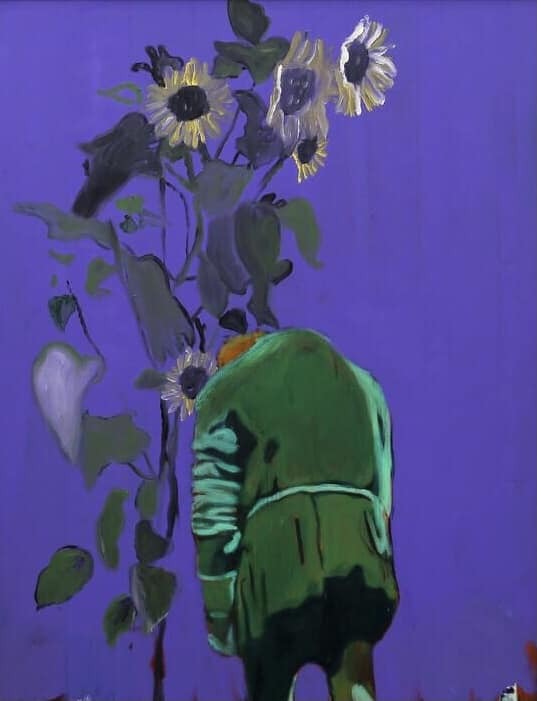
Being Hung Out To Dry * - Pete Wheeler , 2021
New Zealand , b . 1978 -
Oil & pigment on canvas, 129 x 104cm.
*Let Me Remember My Song In The Night
115 notes
·
View notes
Text
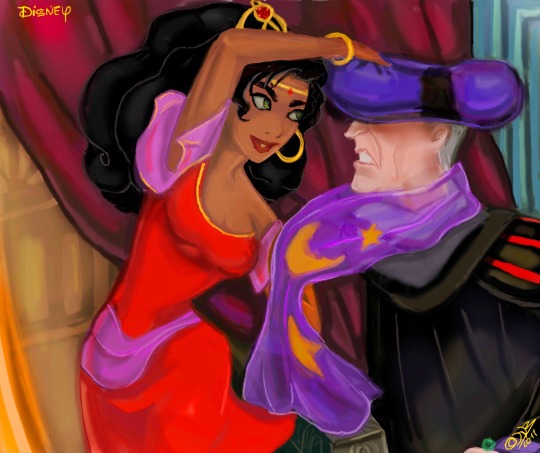
Created: DreamyNatalie from DeviantArt
“I know what you’re imagining!”
Her small mortify straightforward Frollo over there still was/is best entire scene including this best fan art as well ✨👍🏻😂😅
#disney#esmerelda#judge frollo#the hunchback of notre dame#independent female character#iconic character#not mine#fan art#drawing#colors
28 notes
·
View notes
Note
The second character:










hit the image limit, but i picked the coolest looking ones and figured out the quality issue
Disability Pride Clopin Hunchbac of Notre Dame icons!
17 notes
·
View notes
Text

The Hunchback of Notre Dame (1996)
#phoebus#captain phoebus#the hunchback of notre dame#icons#icon#aesthetic#coloring#phoebus icons#frollo#claude frollo#disney#disney icons#esmeralda#quasimodo
15 notes
·
View notes
Note
Hi there! I l adore your work—your icons are so pretty! If you’re still taking requests, could you make an icon set for Esmeralda from The Hunchback of Notre Dame? ♥️


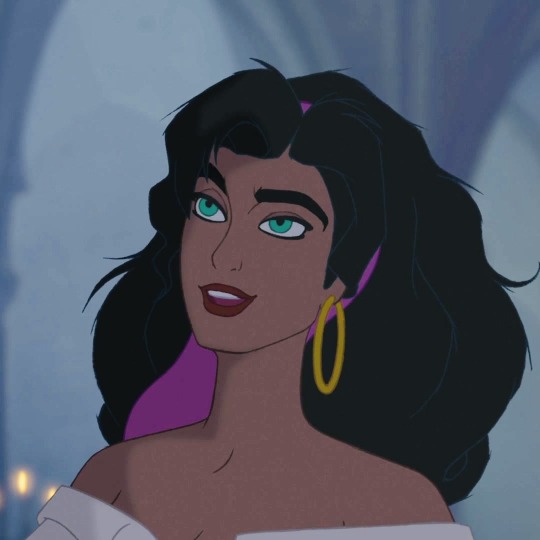
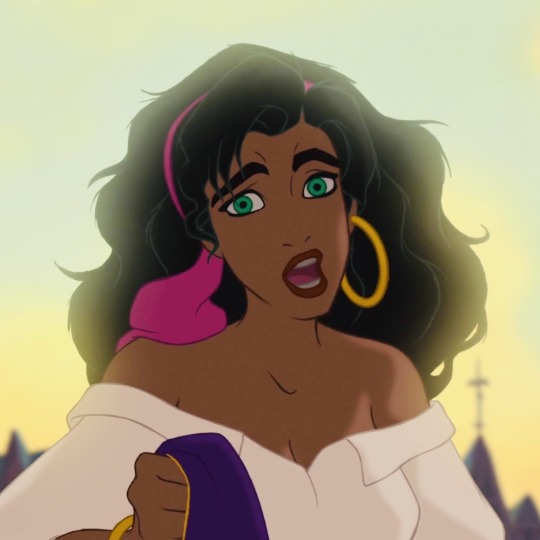
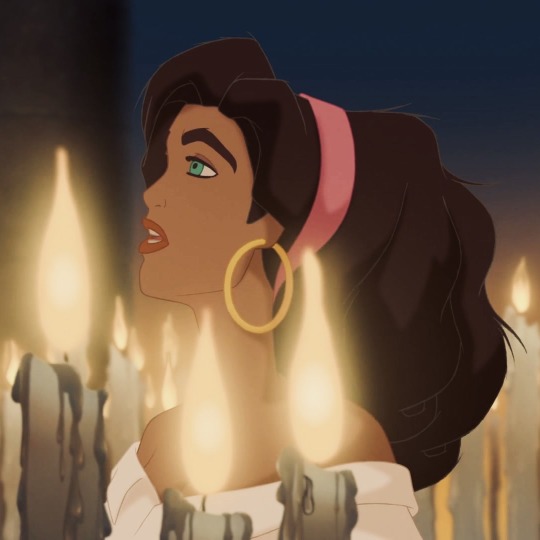



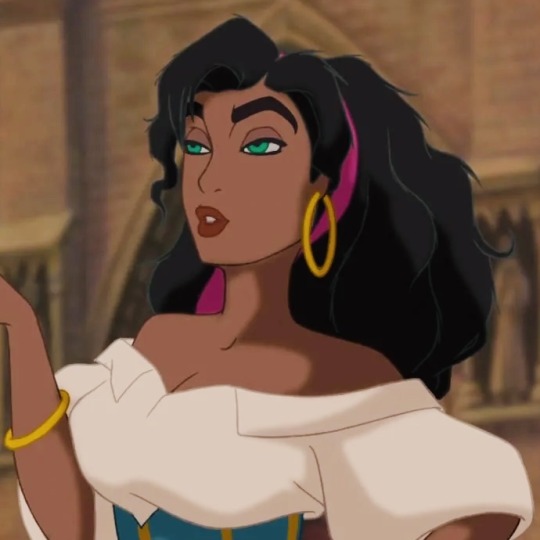
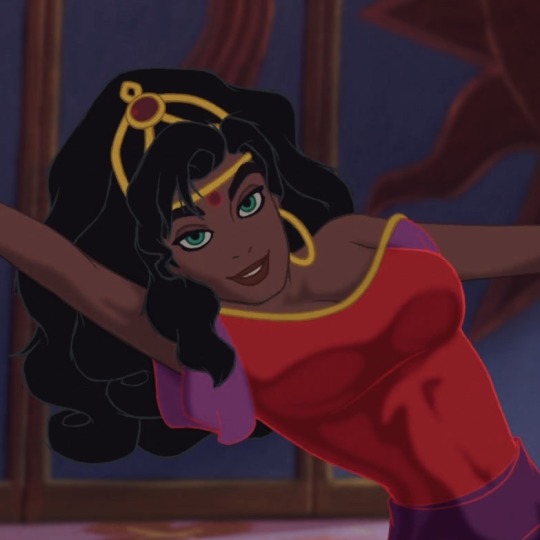
Thank you so much, I am truly honored and grateful for your request 💛! Esmeralda is a Queen and a Queen deserves and icon set!
#Esmeralda#Esmeralda icons#the hunchback of notre dame#disney icons#disney#a true queen#rhythm of the tambourine#god help the outcasts#la esmeralda
82 notes
·
View notes
Text
Unofficial and Official Disney Princess in CHART.ME icons
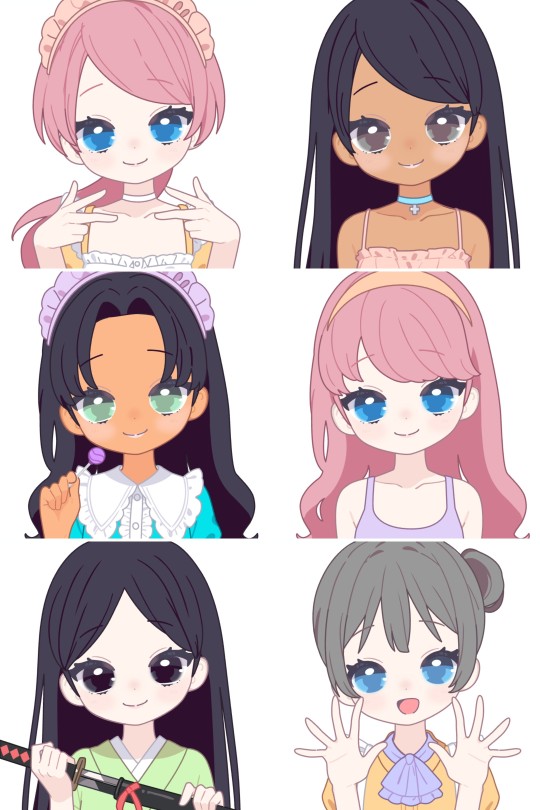
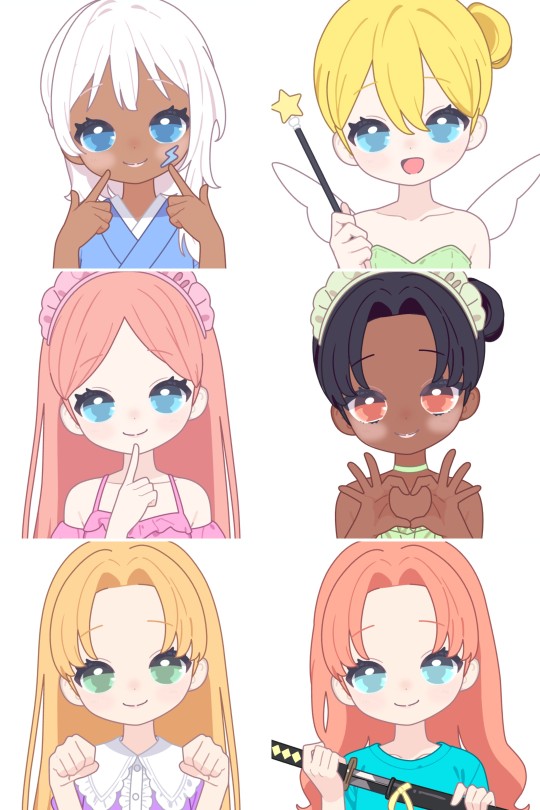

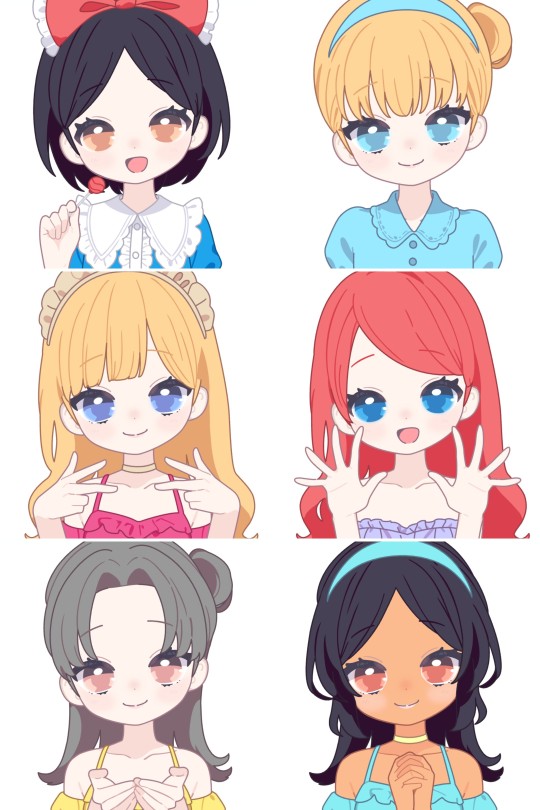
#charat.me#charat#icons#snow white#snow white and the 7 dwarfs#snow white 1937#cinderella#cinderella 1950#sleeping beauty#sleeping beauty 1959#aurora#Ariel#the little mermaid#the little mermaid 1989#Belle#beauty and the beast#Beauty and the beast 1991#aladdin#aladdin 1992#jasmine#anastasia#anastasia 1997#pocahontas#pocahontas 1995#the hunchback of notre dame#esmerelda#peter pan#peter pan 1953#tinkerbell#atlantis the lost empire
2 notes
·
View notes
Text
★ — 🔮 !! 𝑒𝑠𝑚𝑒𝑟𝑎𝑙𝑑𝑎 𝑔𝑖𝑓 𝑖𝑐𝑜𝑛𝑠










7 notes
·
View notes
Text
Hey guys! I am currently in search of someone to commission or trade for icons. I have icons for the following characters available below, and if you're interested, feel free to DM me!
➺ Bolt from Bolt
➺ Anya from the animated Anastasia
➺ Rasputin from the animated Anastasia
➺ Charity Barnum from The Greatest Showman
➺ Esmeralda from the animated The Hunchback of Notre Dame
➺ Evolet from 10,000 BC
➺ Nala from the animated The Lion King
➺ Rain from Spirit: Stallion of the Cimarron
➺ Wan Shi Tong from Avatar: The Last Airbender
➺ Senna from The Legend of Korda
➺ (wolf form) Jacob from the Twilight Saga
➺ (human and wolf) Leah from the Twilight Saga
➺ Violet from The Incredibles
➺ Duchess from The Aristocats
#— ➺ out of hometree: ooc#icons#rp icons#rp icons trade#trade rp icons#icon commissions#art commisions#Anastasia rp#the greatest showman rp#hunchback of notre dame rp#the lion king rp#Tlk rp#10000 bc rp#spirit stallion of the Cimarron rp#avatar the last Airbender rp#atla rp#the legend of korra rp#Tlok rp#twilight rp#the incredibles rp#the aristocats rp#anastasia#Anastasia movie#the greatest showman#the hunchback of Notre dame#thond#twilight#tlk#the lion king#avatar: the last airbender
9 notes
·
View notes
Text
@joannerowling
[Introduction]
While many articles have been written about Harry Potter and the school board genre or its relationship to fantasy, very few people have looked into the influence of the Gothic in Harry Potter (or in JKR's works in general). Part of it I think is due to the depreciation of Harry Potter by the cultural bourgeoisie, who only regard it as mere children's books that don't hold any actual literary value and that aren't worth to be studied seriously. Yet many tropes, storylines and plot devices used by JKR draw inspiration from the Gothic genre, bringing to it a modern twist by both adverting and subverting Gothic clichés. This inspiration is apparent in JKR's focus on broken families stuck into a cycle of poverty and violence involving incest and alcoholism or in the settings of many of the most iconic scenes of her book (to me the situation of Merope Gaunt, the way she's treated by her male relatives and the description of her house clearly allude to that of Catherine Linton at Wuthering Heights). In another (badly written) post, I tried to argue that one example of such a subversion in JKR's works was her use of the Gypsy theme -- Romani people as the embodiement of marginality, social and sexual danger as well as oriental mysticism --, a trope of Gothic literature most notably used by Emily Brontë in Wuthering Heights and Victor Hugo in the Hunchback of Notre-Dame, and that's been studied by Ken Lee in his article on Gypsylorism. But while JKR never once mentions Romani people in the Harry Potter series (an omission that is very interesting in itself; she's leaving out of her series the ethnic group that's been associated the most with witchcraft in folk tales for centuries, even though she's drawing inspiration from European folklore), she does mention them a bit in The Casual Vacancy and a lot in Cormoran Strike. However, as opposed to Wuthering Heights and HoND, Romani people aren't actually associated with paganism in JKR's books (they would have if she had been racist); their mention serves a Gothic aesthetic purpose as the non-Romani pov character starts thinking about Gypsy witchcraft and wandering, but that romanticising is quickly destroyed once the narrative brings up the actual reality of what it means to be Romani(-adjacent) in the UK: poverty and social exclusion. (In my opinion, this is a subtle commentary on how rich people idealize wanderness and poverty despite their being trauma-inducing experiences for the people who experience them.)
In my opinion, another influence of the Gothic is also the character dynamic she builds around Harry and Voldemort. In three different ways, the Harry/Voldemort dynamic parallels that of Dracula and Mina Harker in Bram Stoker's Dracula: first, the in-narrative construction of that dynamic; second, the way that character dynamic is used as a plot device by both Stoker and JKR in their respective works; third, the significance/symbolism of that character dynamic.
1. The narrative build up
In both Dracula and HP, the psychic bond that unites Mina/Harry and Dracula/Voldemort is created in spite of Dracula and Voldemort. In Dracula, that bond is an inevitable consequence/side effect of the repeated blood sucking Dracula does on Mina. In HP, that bond is created despite the knowledge of Voldemort and as a consequence of Voldemort's murder attempt.
In both stories, that bond was created/reinforced by blood mixing. In Dracula, blood mixing allows Dracula to link his mind directly with Mina's. In HP, that bond becomes much stronger after the graveyard scene, when Voldemort also uses Harry's blood to regain life. In both cases, we have blood magic and DNA mixing involved, resulting in an identity crisis on the part of Harry/Mina (their sense of self is eroded after the distinction between their body and that of Dracula/Voldemort got blurred and as the emotions/thoughts of the other start influencing theirs).
Dracula forms a psychic bond with Mina Harker as a step towards mind control. He wants to read, manipulate and control her mind and her thoughts, and in particular, he wants to use it to spy on his enemies (Jonathan and Van Helsing). However, he is forced to block the link when he realizes that, if he can spy on the heroes through Mina, Mina can spy on him as well by being put into a hypnotic trance that allows her to sense Dracula and his surroundings and can feel how far away or how close he is to them. This is what eventually leads the heroes to Dracula and allows them to catch him.
In Harry Potter as well, Dumbledore fears that psychic link would be used by Voldemort to spy on the Order of the Phoenix through Harry. This is why Dumbledore ignores and isolates Harry for an entire year and this is also what prompted Dumbledore to get Snape to teach Occlumency to Harry -- to block Voldemort's thoughts. But Voldemort doesn't actually use the link to spy. afaik he only uses it twice: once to deceive Harry and get him to come to the Ministry of Magic, and once at the very end of OotP when he briefly takes control of Harry's body. But Harry (just like Mina) realizes he can use that link to his own advantage and spy back on Voldemort (he repeatedly does so in DH): just like Mina, Harry is able to feel what he feels, to hear his thoughts and to sense how far or how close he is.
So we have a similar process following the same steps: evil blood magic on the part of an unwilling villain first, blurring of identity second. In both stories, the psychic link serves as a war strategy playing out over a deep identity crisis. The difference is that this process spans 4 books and 13 years in Harry Potter, with many more smaller steps in between, but overall it's still the same structure.
2. The Harry/Voldemort (Mina/Dracula) dynamic as a plot device
Because everyone uses the psychic link to spy on the other, it becomes a power play for the two characters involved, symbolically representing the struggle between life and death (love and hatred). But it also serves a narrative purpose: both stories are written from the perspective of the heroes. By introducing the psychic link as a plot device, the reader can get some insight into the pov of the villain of the series. The psychic link then becomes a way to drive the action: after each discovery, the character (be it Mina, Harry, Dracula or Voldemort) takes action. They plan a fight/battle, they track each other or they fly from each other. With the psychic link, the writer (Stoker/Rowling) is able to write very cool descriptive scenes from a totally different perspective, taking place in a totally different setting we don't normally see otherwise (think of the description of the Riddle House at the beginning of GoF -- an apparition that is justified in-narrative by its being shown to Harry in a dream). In both Dracula and HP, the psychic link also allows the writer to write dialogues that have more to do with the mystery genre than the fantasy genre (what's the villain doing? are we sure that information is legit? who is he talking to?) Finally, and even if we have to wait a few chapters for it, it leads to the introduction of battle scenes.
So both Dracula and HP use the psychic link as a plot device in a similar way: 1. it drives the action by justifying the writing of descriptive scenes, action scenes and dialogues, 2. it makes the story even more compelling for the reader who gets to hear the exclusive thoughts of the villain in a setting we are not used to (the villain's lair!) so those scenes feel special and cool, 3. it allows the writer to diverisfy the genre of their book by introducing new elements taken from the mystery genre.
3. The symbolic of that relationship
Voldemort, just like Dracula, is an undead being, a living dead. While Voldemort himself isn't a zombie (an "inferi"), a ghost or a vampire, he does surround himself with them and his physical description is very much akin to that of the undead. Two of his most significant features are his paleness (also a recurrent adjective to describe ghosts) and his long, spidery fingers, which together can be used to describe both Voldemort and Nosferatu:
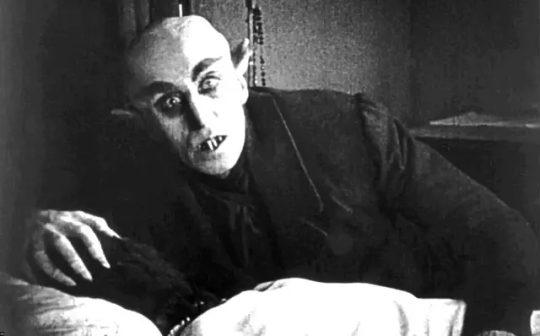
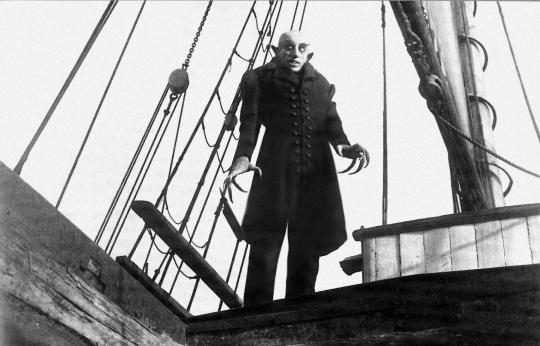
(book!voldemort literally looks like this bad guy over there ^ but without a nose and with red eyes -- and this is why he haunts my sleep sometimes!! that character design fucks)
Symbolically as well, Voldemort is an undead being, a living dead, as it says in his very name ("fleeing death", "flight from/of death"). In his backstory as well, Voldemort became twice a living dead. First, by spiritually killing himself and rendering his soul to the dark arts in pursuit of immortality (in much the same way vampires render their soul to the devil). Second, by falling victim to his own Avada Kedavra spell in Godric's Hollow. (Harry is an example of how one survives the Avada Kedavra; I wouldn't say Voldemort survived it considering all the (physical, if not spiritual) remnants of his past humanity were completely destroyed by it.)
More specifically, Voldemort is a vampire: in his very first apparition in the series, he is seen drinking the lifeblood of a living creature (a unicorn). All throughout the series, Voldemort is the undead that needs to feast on others to survive, by exploiting his followers (in the years following Godric's Hollow, he only survives by drawing on the life force of Quirrell and by living as a parasite with Pettigrew), by living on the terror he inspires to other people, and by turning other living beings (Nagini and Harry) into horcruxes (the same way a vampire would turn the human he drinks the blood of into another vampire). Of course, the number 1 inspo for Voldemort is the boogeyman: everyone in the wizarding world is scared to say his name in case he might literally materialize out of thin air. But he is not described (narratively, physically) as any boogeyman, he is specifically the vampire.
Just as Voldemort is Dracula, Harry is Mina Harker: a human being who represents life. Both Harry and Mina carry a part of Voldemort/Dracula's inside of them, and both of them are scared of eventually becoming like them. Both Harry and Mina survived their confrontations with Voldemort/Dracula thanks to the help of their friends (love and friendship trumping death). Both of them are also common human beings who have been involuntarily turned into something so much more unique by the very assault they survived. The way they responded to it (opposing hatred with love and bravery) turned them into something so much more important than mere human beings: they became symbols inspiring strength to others around them. And all throughout the story, both Mina and Harry retain that common-ness, it is repeatedly stated by both Stoker and JKR, in-narrative, that the only thing that sets them apart from others is Mina/Harry's ability to feel empathy and to draw strength from the love of others.
In the novel, Mina openly feels pity for Dracula - not for the monster that he is but for his soul, explicitly questioning whether it might want to find peace. In the last two books of the HP series, Harry also takes on a similar stance with regards to Voldemort. Dumbledore's last teaching was that Voldemort was someone to be pitied (don't feel pity for the dead but for those who live without love), and even though pity doesn't excuse evil, it gives us the moral ground to be better people and create a better world. This was also Dumbledore's most important teaching, the one Harry only fully understands by the end of Deathly Hallows, when he confronts Voldemort and says the only thing that sets him apart from others and that makes him stronger than Voldemort is the love he feels (only understanding this after spending the entire book trying to figure out why hadn't Dumbledore left a strong weapon, like the elder wand, for him in his will).
So in both their moral complexity wrt to the villain and in the ideals they represent, Harry and Mina are very similar. I would finally add that both of them represent vulnerable groups of people (children and women) who are victims of male/patriarchal violence: Harry (a 14yo boy) is abducted and tortured by Voldemort (an adult male) in Goblet of Fire, while Mina is metaphorically raped by Dracula. It's a bit tangential but I think it's another interesting parallel between these two; in all of her books, JKRowling often associates the harm men do to women to the harm fathers(/male authority figures) do to children and the way Voldemort repeatedly tortured, abducted and tried to kill Harry from age 0 to age 17 could also be one of the ways she builds on that social commentary.
[Conclusion]
=> So narratively, I would say JKR drew inspiration from Dracula when designing the Harry/Voldemort bond. In Dracula and HP, that link is established in pretty much the same way: through blood magic, DNA mixing and resort to the dark arts. It is repeatedly reinforced throughout the story following the encounters of Mina/Harry and Dracula/Voldemort, and it serves as a war strategy between the two of them as everyone involved realizes they can use it to spy on the other, leading to the ultimate demise of the villain. When it comes to character growth, the psychic link also works in the same way: it leads to emotional/mental/psychological distress for Harry/Mina who is scared to become evil too. Structurally as well, JKR used a plot device identical to that developed by Stoker in Dracula to create the Harry/Voldemort dynamic. The psychic link introduces a POV-shift in a book series that's otherwise almost exclusively written from the good guy's pov, drives the action by leading to descriptive/action scenes and dialogues, and makes the story more entertaining for the reader. Thematically, I would also say JKR drew inspiration from Dracula when creating Voldemort and Harry as characters. In the books, Voldemort represents a vampiric living dead boogeyman who rendered his soul in search of immortality (just like Dracula), while Harry represents the hidden force of life and love that lies inside the most common of people (like Mina).
#i accidentally wrote it as a dissertation i didn't even do it on purpose my brain has just been permanently rewired by school sadly#jkrowling#rowlingblr#hp meta#harry potter#gothic
63 notes
·
View notes
Text
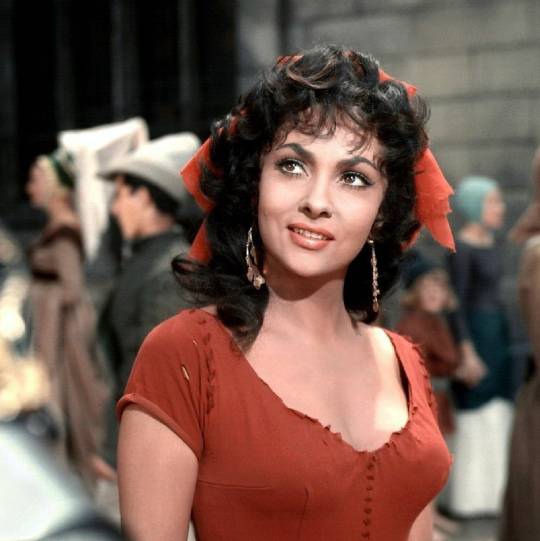

Propaganda
Gina Lollobrigida (Solomon and Sheba, The Hunchback of Notre Dame)— One of the highest profile movie stars in Europe across the 50s and 60s. International sex symbol. Starring in European and American movies. She appeared in movies alongside Hollywood stars such as Humphrey Bogart and Rock Hudson. Was in 54 movies by 1970. A MOVIE STAR in every essence. Has a star on the Hollywood Walk of Fame. Won three David di Donatello, a Golden Globe two Nastro d'Argento, and six Bambi awards. And nominated for more.
Sadhana Shivdasani (Woh Kaun Thi?)—look at her 1960s GLAM and tell me that's not an icon. i would kill for her winged eyeliner swag
This is round 2 of the tournament. All other polls in this bracket can be found here. Please reblog with further support of your beloved hot sexy vintage woman.
[additional propaganda submitted under the cut.]
Gina Lollobrigida:

She was an international sex symbol once dubbed as The Most Beautiful Woman In The World. She acted in films in both Italy and France before starring in Beat The Devil with Humphrey Bogart. When portraying soprano Lina Cavalieri, she sang all of the songs in her own voice. This role won her the very first David di Donatello Award for Best Actress, Italy's academy awards.


She was one of the highest-profile European actresses of the 1950s and 1960s, a period in which she was an international sex symbol. Humphrey Bogart once said of her: "She makes Marilyn Monroe look like Shirley Temple."
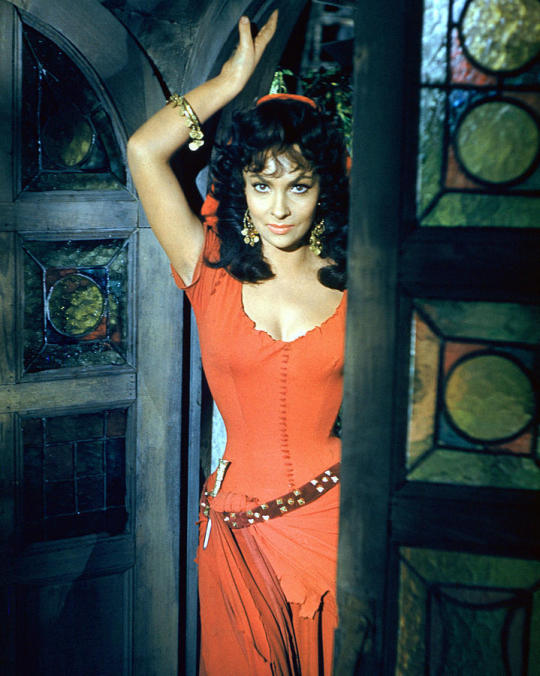
Literally starred in a movie called "The Most Beautiful Woman in the World". I rest my case.

Sadhana:



89 notes
·
View notes
Text
Definitely the most Iconic list, if only because most people on Tumblr grew up with these movies lol. May the best baddie win. Happy voting! ❤
#Starling Polls#Disney Villain Polls#Disney#Disney animation#The Little Mermaid#The Rescuers Down Under#Beauty and the Beast#Aladdin#The Lion King#Pocahontas#The Hunchback of Notre Dame#Hercules#Mulan#Tarzan#original post#200+ votes#50 notes
62 notes
·
View notes